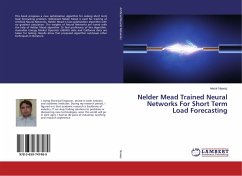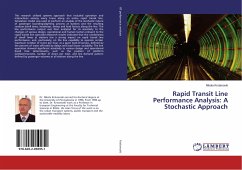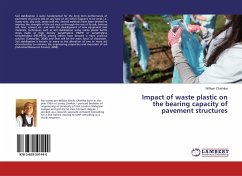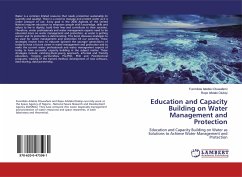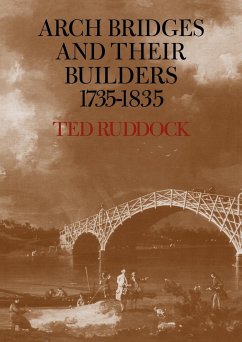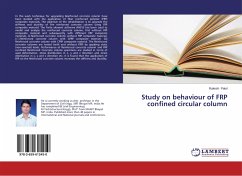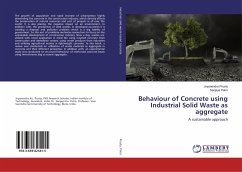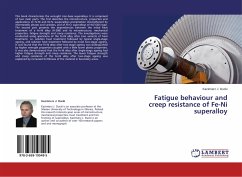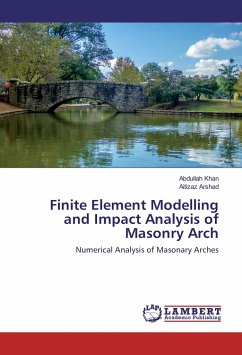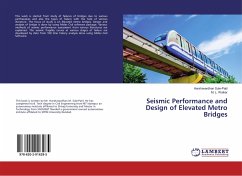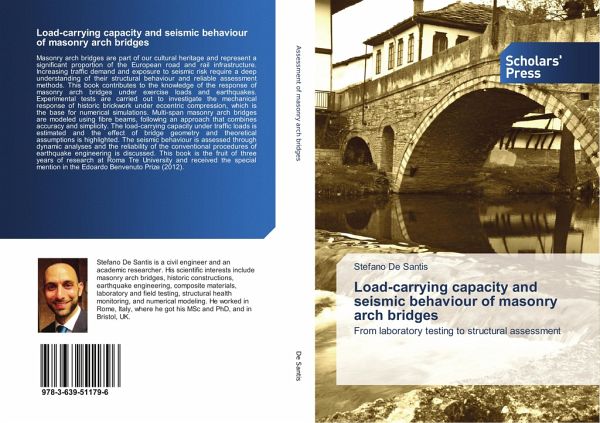
Load-carrying capacity and seismic behaviour of masonry arch bridges
From laboratory testing to structural assessment
Versandkostenfrei!
Versandfertig in 6-10 Tagen
62,99 €
inkl. MwSt.

PAYBACK Punkte
31 °P sammeln!
Masonry arch bridges are part of our cultural heritage and represent a significant proportion of the European road and rail infrastructure. Increasing traffic demand and exposure to seismic risk require a deep understanding of their structural behaviour and reliable assessment methods. This book contributes to the knowledge of the response of masonry arch bridges under exercise loads and earthquakes. Experimental tests are carried out to investigate the mechanical response of historic brickwork under eccentric compression, which is the base for numerical simulations. Multi-span masonry arch br...
Masonry arch bridges are part of our cultural heritage and represent a significant proportion of the European road and rail infrastructure. Increasing traffic demand and exposure to seismic risk require a deep understanding of their structural behaviour and reliable assessment methods. This book contributes to the knowledge of the response of masonry arch bridges under exercise loads and earthquakes. Experimental tests are carried out to investigate the mechanical response of historic brickwork under eccentric compression, which is the base for numerical simulations. Multi-span masonry arch bridges are modeled using fibre beams, following an approach that combines accuracy and simplicity. The load-carrying capacity under traffic loads is estimated and the effect of bridge geometry and theoretical assumptions is highlighted. The seismic behaviour is assessed through dynamic analyses and the reliability of the conventional procedures of earthquake engineering is discussed. This book is the fruit of three years of research at Roma Tre University and received the special mention in the Edoardo Benvenuto Prize (2012).



